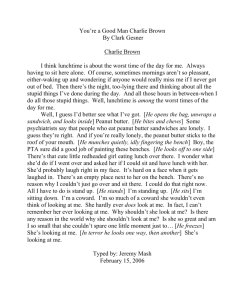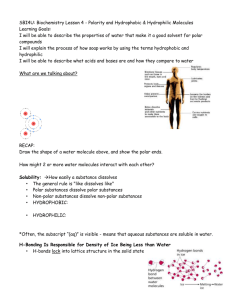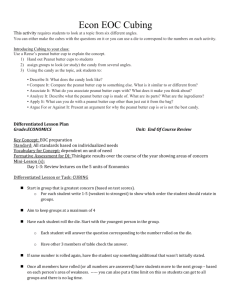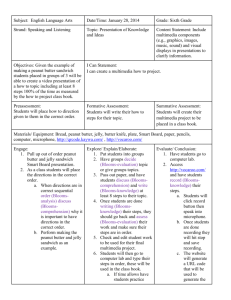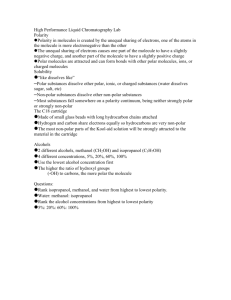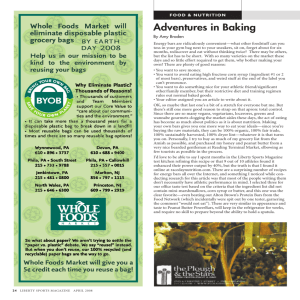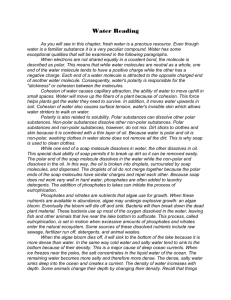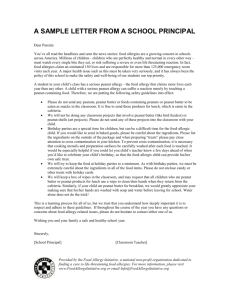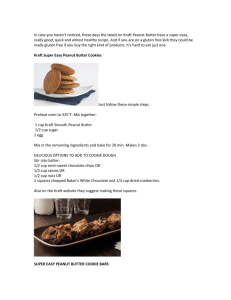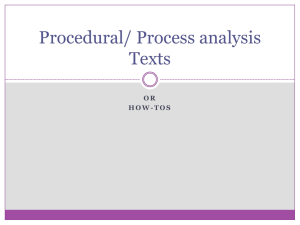Polar Vs Non
advertisement
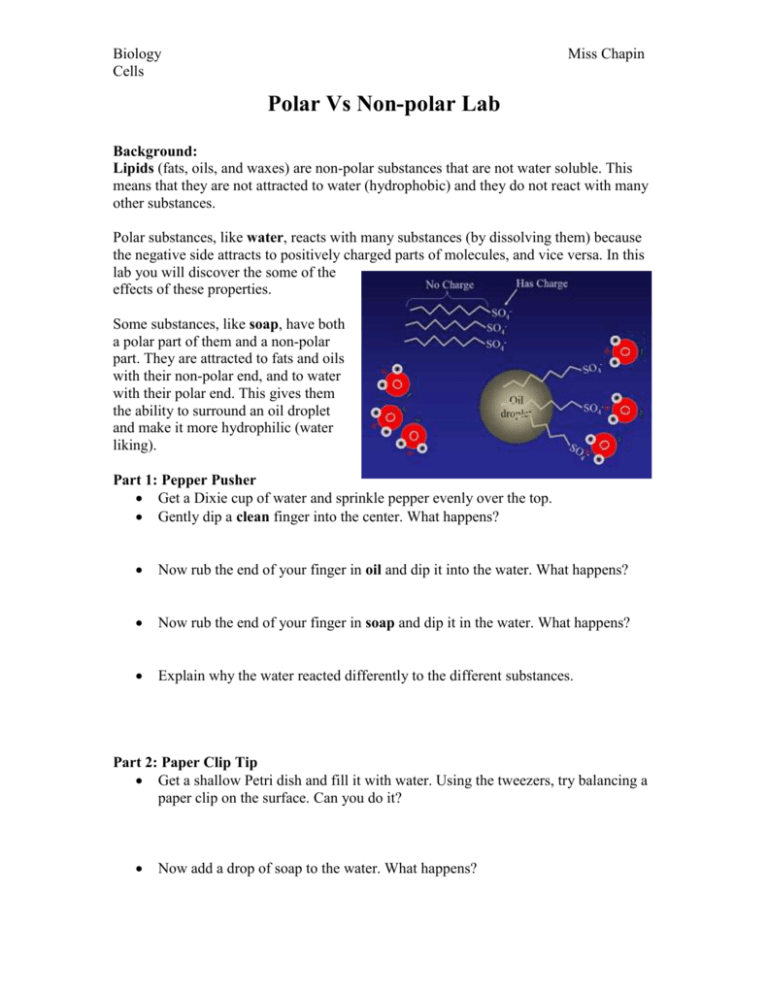
Biology Cells Miss Chapin Polar Vs Non-polar Lab Background: Lipids (fats, oils, and waxes) are non-polar substances that are not water soluble. This means that they are not attracted to water (hydrophobic) and they do not react with many other substances. Polar substances, like water, reacts with many substances (by dissolving them) because the negative side attracts to positively charged parts of molecules, and vice versa. In this lab you will discover the some of the effects of these properties. Some substances, like soap, have both a polar part of them and a non-polar part. They are attracted to fats and oils with their non-polar end, and to water with their polar end. This gives them the ability to surround an oil droplet and make it more hydrophilic (water liking). Part 1: Pepper Pusher Get a Dixie cup of water and sprinkle pepper evenly over the top. Gently dip a clean finger into the center. What happens? Now rub the end of your finger in oil and dip it into the water. What happens? Now rub the end of your finger in soap and dip it in the water. What happens? Explain why the water reacted differently to the different substances. Part 2: Paper Clip Tip Get a shallow Petri dish and fill it with water. Using the tweezers, try balancing a paper clip on the surface. Can you do it? Now add a drop of soap to the water. What happens? Biology Cells Miss Chapin Repeat the same process, this time using oil instead of water. Can you make the paperclip stay on top the oil? Does adding a drop of soap affect it? Explain your results. What do you think could be going on in each situation? Part 3: Peanut Butter Batter Pour a small amount of oil into one Dixie cup and a small amount of water into another. Using a clean craft stick scoop out a small amount and try to dissolve it in the cup with oil. What happens? Now get another clean craft stick, scoop out a little peanut butter, and try to dissolve it in the cup with water. What happens? Can you explain why peanut butter acts the way it does? (hint: peanut butter is made primarily from penult oil) Cleanup: part of your grade on this lab depends on how well you clean up after yourself. IMPORTANT: DO NOT DUMP OIL OR PEUNUT BUTTER DOWN THE SINK; IT CLOGS THE DRAIN!!!! Please dispose of extra oil and peanut butter in the trash. You may however, dump the extra water down the sink. Also throw away the Dixie cups and craft sticks and wipe down your work area.
